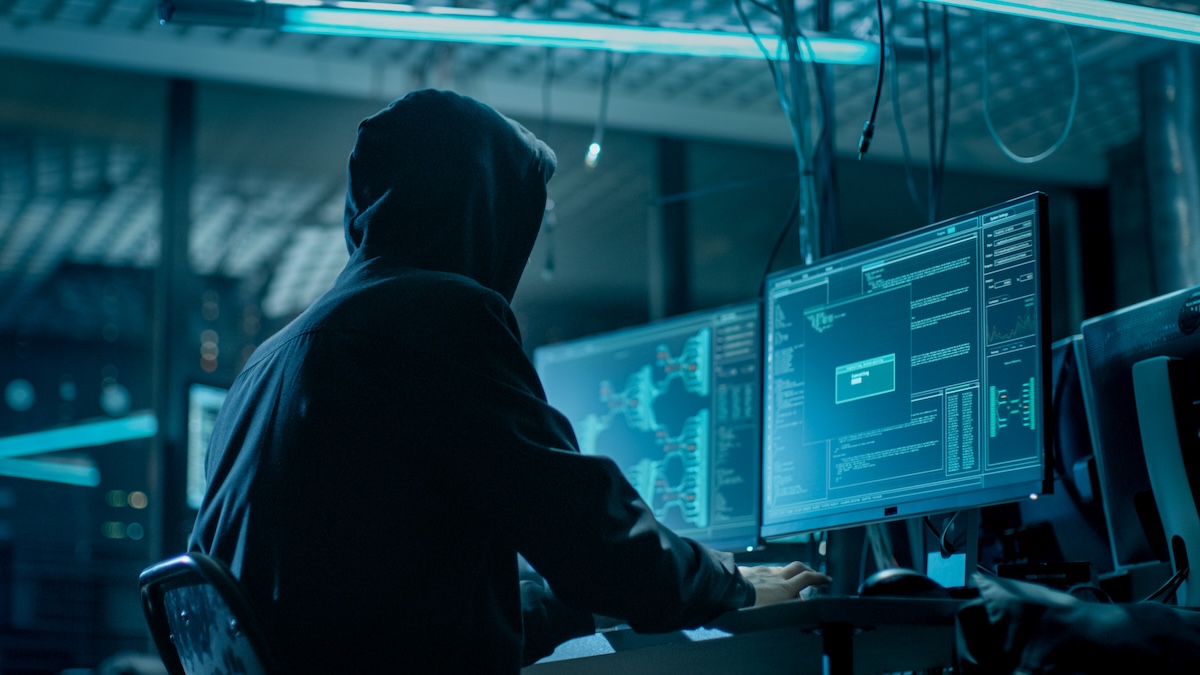
In the fast-growing digital world, our reliance on technology has become inescapable, with individuals communicating online via social media to companies storing their data in the cloud.
However, this transformation has brought with it a significant threat: hacking. While the term can evoke bad memories to some, the reality is that hacking affects many individuals and organisations every day, often with devastating consequences.
Statistically, the impact of hacking is staggering. According to Cybersecurity Ventures, cybersecurity is expected to cost the global economy $10.5 trillion annually by 2025. This is not just a number, it represents the countless lives touched by identity theft, financial fraud and data breaches.
For instance, in the year 2020, a startling 77% of organisations reported being victims of cyber attacks, demonstrating how prevalent this threat has become. Each of the statistics isn’t just a data point but a reminder of stolen dreams, violated privacy and shattered trust behind the screens.
The human elements of hacking should not be underestimated because the motivations behind hacking are as diverse as the perpetrators themselves. While many view hackers as malicious people lurking in dark basements, the truth is often refined, and some of those hackers work towards enhancing security by exposing vulnerabilities.
Hacking not only disrupts businesses, but it can also erode personal relationships and public trust. Considering the emotional toll on individuals when their sensitive information is leaked, the feeling can last long after the incident has occurred. Victims have shared stories of feeling anxious when using online platforms or being constantly watchful for signs of identity theft. Beyond the realm of personal impact, hacking has been known to strike at the very core of companies, leading very huge losses in revenue, eroded customer confidence and tarnished reputations.
As a response to this growing threat organizations in all sectors are investing heavily in cybersecurity measures. Firewalls and encryption technologies have become commonplace, but these are merely the first lines of defense. The evolution of hacking tactics from phishing scams to Advanced Persistent Threats (ATPS), means that staying ahead is more of a marathon than a sprint. Businesses are learning that a proactive and informed workforce is the most crucial piece of the puzzle. Educating their employees on cyber security best practices, recognizing suspicious emails and fostering a culture of continuous learning as an essential component of effective defense.
Looking forward to the future, it’s evident that hacking will remain to be a frightening challenge in the digital landscape, so individuals and organisations should remain vigilant and adaptable to understanding that the threat landscape will evolve.
In conclusion, it’s a shared responsibility where every user should play a part in fortifying defenses because hacking continues to remain one of the most significant cybersecurity threats and everyone must not only strengthen their technological safeguards but also foster a culture of awareness and resilience in the face of this ever-present danger. Ultimately cyber cybersecurity is not just about protecting data; it’s about safeguarding our way of life and the connections that bind us together in this digital age.
Follow us on WhatsApp, Telegram, Twitter, and Facebook, or subscribe to our weekly newsletter to ensure you don’t miss out on any future updates. Send tips to editorial@techtrendsmedia.co.ke




